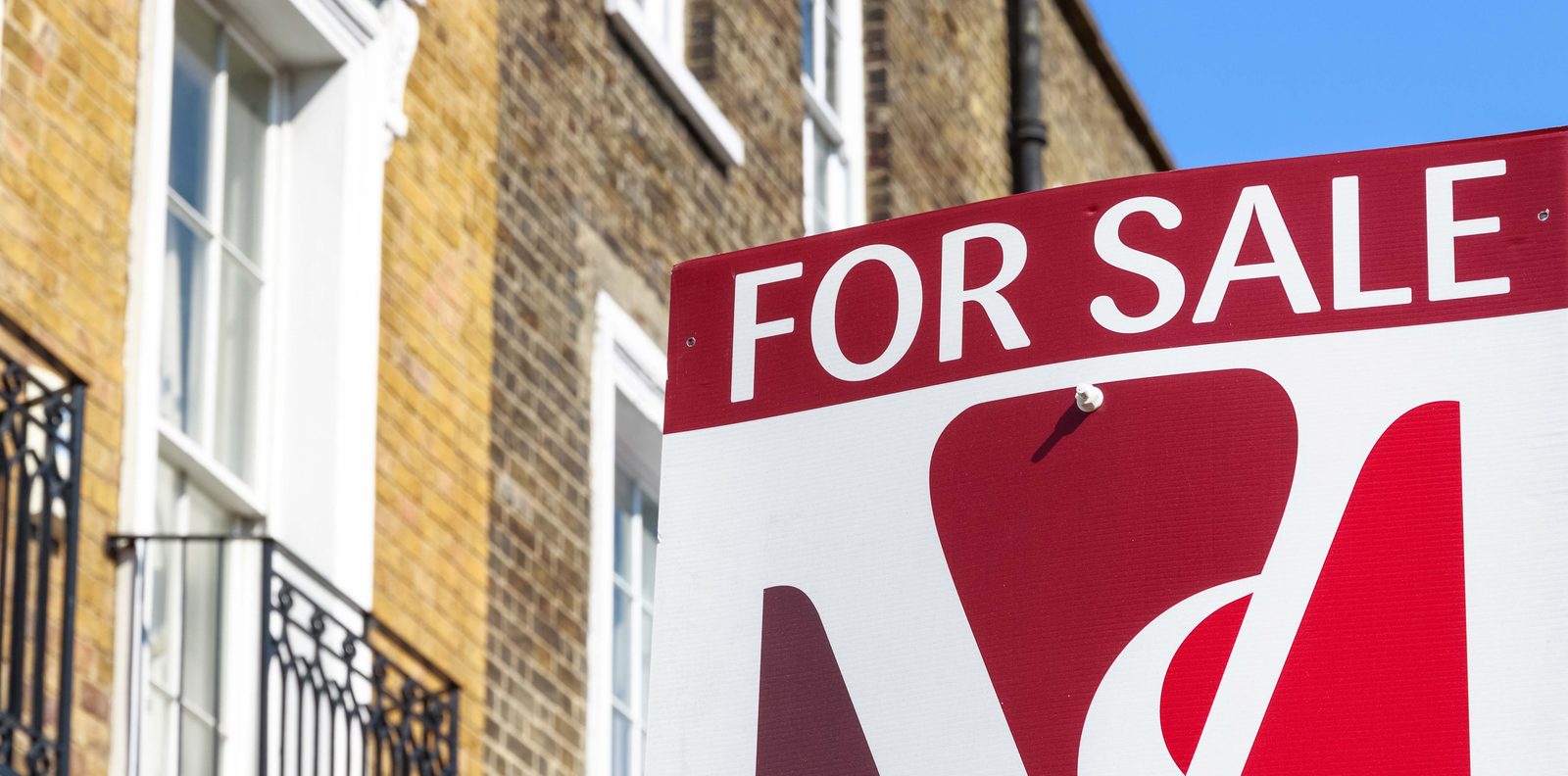 Kevin O’Neill explains why it makes good business sense to consider growing the private side of your practice.
Kevin O’Neill explains why it makes good business sense to consider growing the private side of your practice.
Every practice owner should have a business plan that is regularly reviewed and updated. An essential part of that should be an exit plan, because ultimately there is only one reason to create a business of your own, and that is to sell it!
It is perhaps stating the obvious, but when that time comes you will want to achieve as high a valuation for your practice as possible. Currently practice values remain very high but having spoken with several practice valuers things are starting to change. Demand for private practices has increased significantly, and hence the value of these practices is rising. Demand for NHS/mixed practices remains strong but things are starting to change. There is a slow down in the rise of NHS practice values, and as problems with provision and funding of NHS dentistry continue to grow, these prices can only start to fall. All practices, be it private, mixed or NHS should be looking to grow their private revenue to maintain and hopefully grow their practice value.
Looking at one of the major agent’s websites, 50% of the practices listed for sale were described as private, 25% mixed and 25% NHS. It still amazes me that 25% of practices still consider themselves just NHS practices, when the business challenges they are facing continue to grow.
Falling NHS revenue
The British Dental Association (BDA) has published data that shows there are now 332 NHS practices that have a UDA rate lower than the patient charge, and if the current uplift in patient charges and contract values continues, this number will increase to 2,128 practices by 2022. These practices would now receive more income by charging the NHS fee as a private fee.
It is also very difficult to make a business case for the cost of certain NHS treatments:
- Periodontal treatment – financial loss to practice
- Endodontic treatment – financial loss to practice
- Multiple restorations – financial loss to practice.
Add to this the new environmental rules governing amalgam, which will see the demise of this material, and even a single posterior restoration using suitable composite, technique and time will become financially challenging.
Difficulties in recruiting dentists and record levels of clawback, have seen practices handing back their NHS contracts, including one of the major corporates and a practice with a contract of over £1.4million, simply because they are no longer profitable.
I am not advocating that NHS practices give up and abandon their contracts but they must start to change and look to develop their practices to increase the private side of their business. NHS practice values are still a big cushion but if your exit is not planned for the near future, I would not rely on this cushion to remain.
A fundamental change to your business plan can be a daunting challenge but the team at Profitable Practices has actually been through this process and can offer expert advice on how to create the practice that you, your team, and your patients deserve.
For more information visit www.profitablepractices.co.uk, email [email protected] or call 01937 326032.


